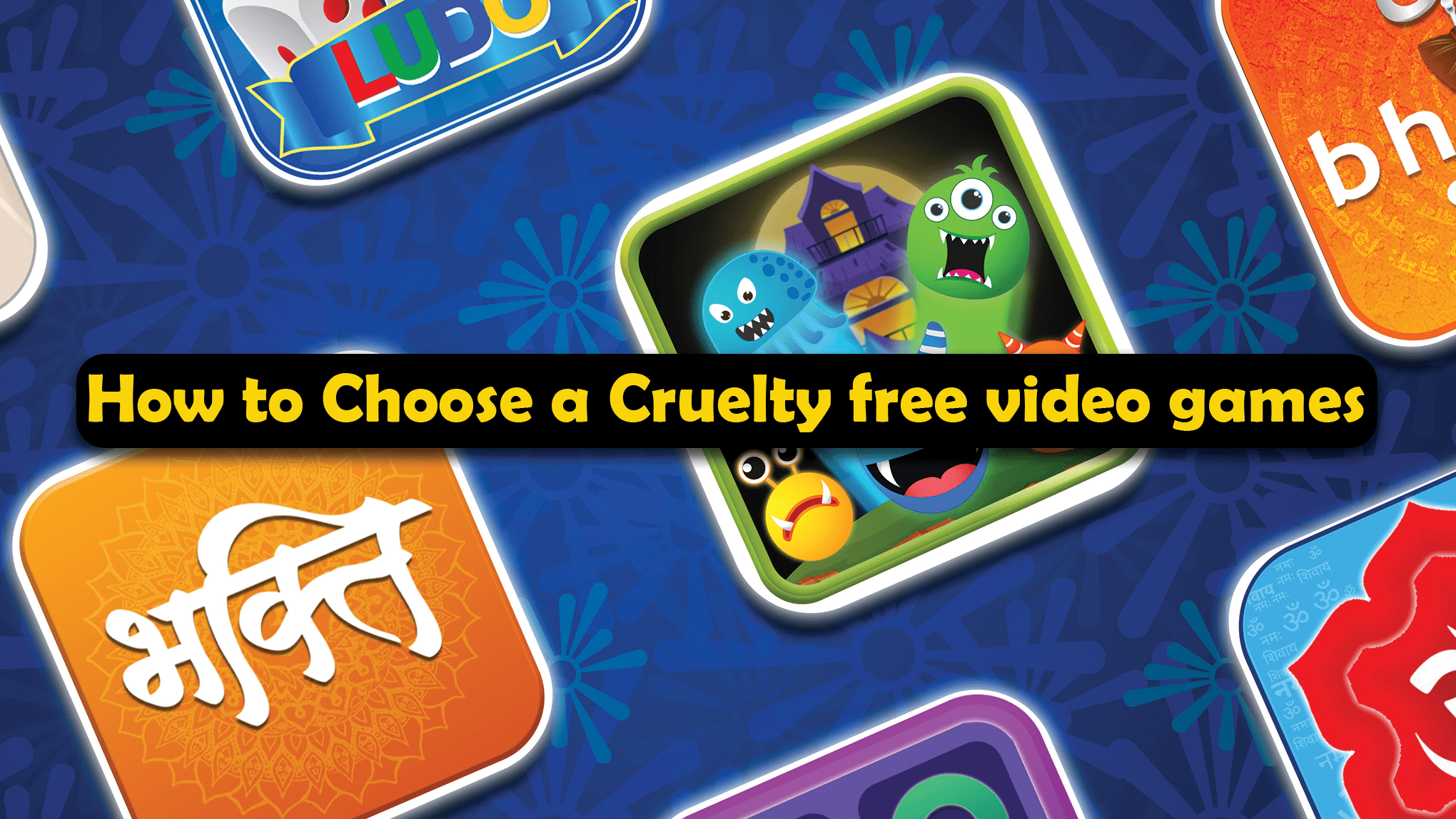What to look for when choosing a cruelty-free video game
When it comes to choosing a cruelty-free video game, there are a few things to keep in mind. First and foremost, you’ll want to check for any explicit references to animal cruelty or violence against animals. This can include everything from in-game footage of animal suffering to promotional materials that feature animals being harmed. If you see anything that makes you uncomfortable, it’s probably best to avoid that game. Secondly, it’s important to research the company behind the game. Make sure they have a good track record when it comes to animal welfare and doesn’t support any kind of animal cruelty. Finally, take some time to read reviews of the game before you purchase it. Look for mentions of animal cruelty and make sure that other players are comfortable with the game’s content. By following these simple steps, you can be sure that you’re choosing a cruelty-free video game that you can feel good about playing.
The benefits of playing cruelty-free games
As awareness of animal cruelty increases, more and more people are looking for ways to avoid supporting industries that contribute to animal suffering. One way to do this is by choosing to play cruelty-free games. These are games that do not use any real-life animals in their development or gameplay. Not only does this help to avoid supporting cruel industries, but it also has other benefits. For example, cruelty-free games tend to be more realistic, as they are not limited by the need to use live animals. This can result in a more immersive and enjoyable gaming experience. Additionally, many gamers feel good knowing that their hobby is not contributing to animal suffering. So if you’re looking for a way to support animal welfare, consider playing cruelty-free games.
How to find out if a game is cruelty-free
When looking for a cruelty-free game, the first step is to check the game’s packaging or website for any references to animal testing. If the game is certified by a reputable organization such as PETA or the Leaping Bunny Program, this will usually be prominently displayed. However, even if a game does not have any obvious cruelty-free certification, this does not necessarily mean that it has been tested on animals. Many companies have policies in place prohibiting animal testing, so it is always worth contacting the manufacturer directly to ask about their testing procedures. In general, it is best to err on the side of caution and assume that a game has not been cruelty-free unless there is clear evidence to the contrary.
Games that are already cruelty-free
There are a number of cruelty-free games on the market that are suitable for all ages. One popular example is “The Sims”, which allows players to create and control characters in a virtual world. There is no violence or harm inflicted upon any creatures in the game, making it a safe and fun experience for everyone. Another great option is “Stardew Valley”, which is a farming simulator that tasks players with building up their own farm. The animals in the game are treated with care and respect, and there is no hunting or fishing required, making it a peaceful and relaxing experience. These are just two examples of the many cruelty-free games available, so everyone can find something to enjoy without causing harm to any living creatures.
Tips for going cruelty-free with your gaming habits
For many people, gaming is an important part of their daily routine. However, the gaming industry has come under fire in recent years for its use of animal testing. Unfortunately, many popular games are still tested on animals. Thankfully, there are a few simple steps that gamers can take to make their hobby more cruelty-free.
One easy way to avoid supporting animal testing is to only buy games that have been certified by the Leaping Bunny program. This organization verifies that a company does not conduct animal testing at any stage of product development. Additionally, gamers can support cruelty-free companies by buying used games and avoiding digital downloads, as these do not require physical production and therefore have a lower chance of involving animal testing. Finally, gamers can research the development studios behind their favorite games to see if they have a record of conducting animal testing. By taking these simple steps, gamers can ensure that their hobby is not contributing to animal suffering.
Why you should care about the welfare of animals in video games
In the past, animals in video games were often treated as little more than objects or set dressing. They existed purely to serve the needs of the player, whether that meant providing transportation, power-ups, or simply audio-visual appeal. However, as games have become more realistic and lifelike, players have come to expect more believable and sympathetic portrayals of animals. This is not only a matter of basic decency; it also has a profound impact on the game world itself. When animals are treated with care and respect, it creates a deeper connection between the player and the game world. NPCs feel like real people instead of one-dimensional characters, and the environment feels like a living, breathing place. In short, caring about animal welfare makes video games better for everyone involved.
Conclusion
Although there are some hurdles to overcome when it comes to being cruelty-free in the gaming world, the benefits of making this change are clear. If you’re looking for a more compassionate and sustainable way to the game, look no further than going cruelty-free. It might take a little effort to find games that meet your ethical standards, but it’s worth it in the end. By boycotting cruel video games, we can work together to create a kinder gaming community for everyone. Are you ready to make the switch?








2 responses to “How To Choose A Cruelty-Free Video Game”
I like the Conclusion part you Provided in every Blog post!
Although there are some hurdles to overcome when it comes to being cruelty-free in the gaming world, the benefits of making this change are clear.